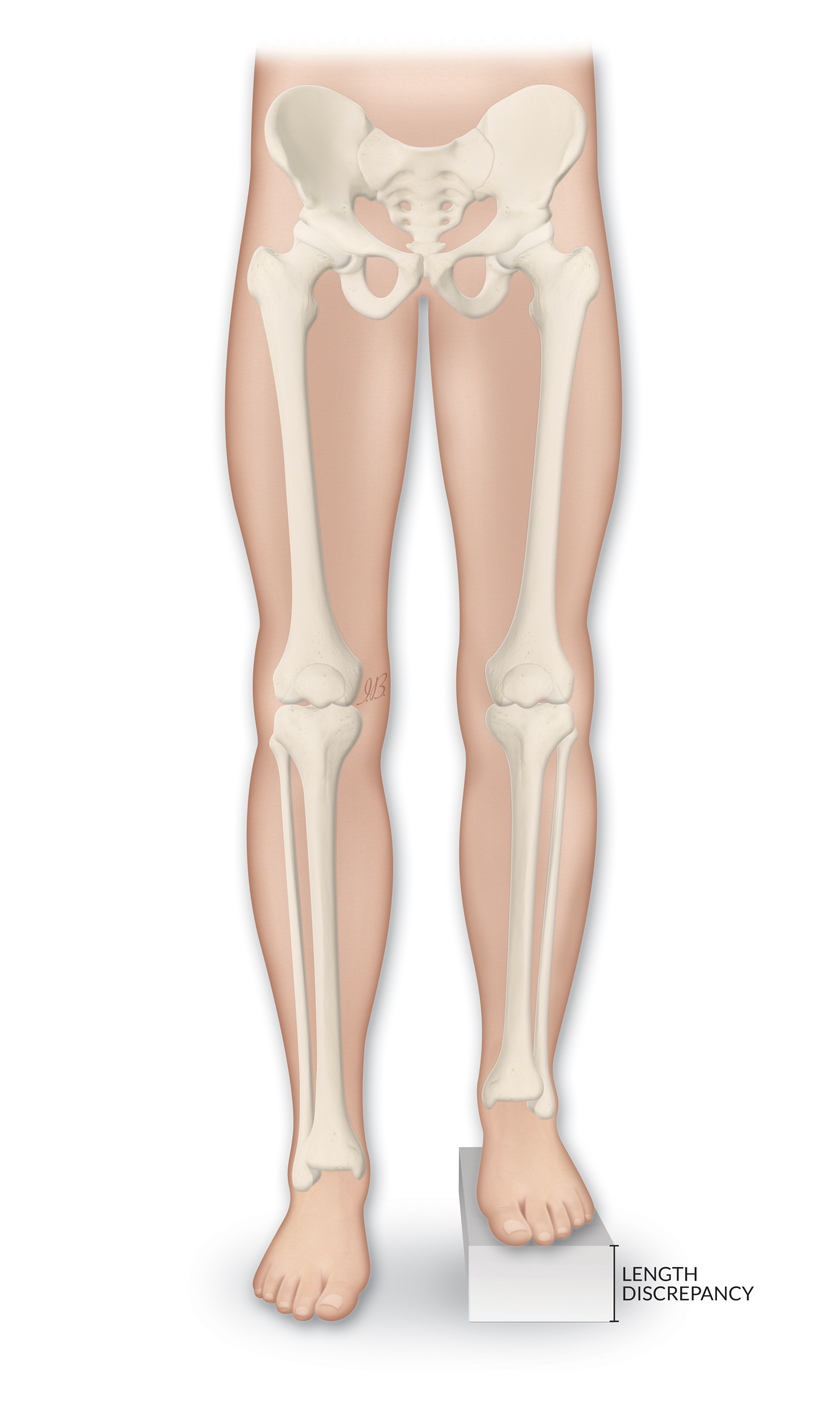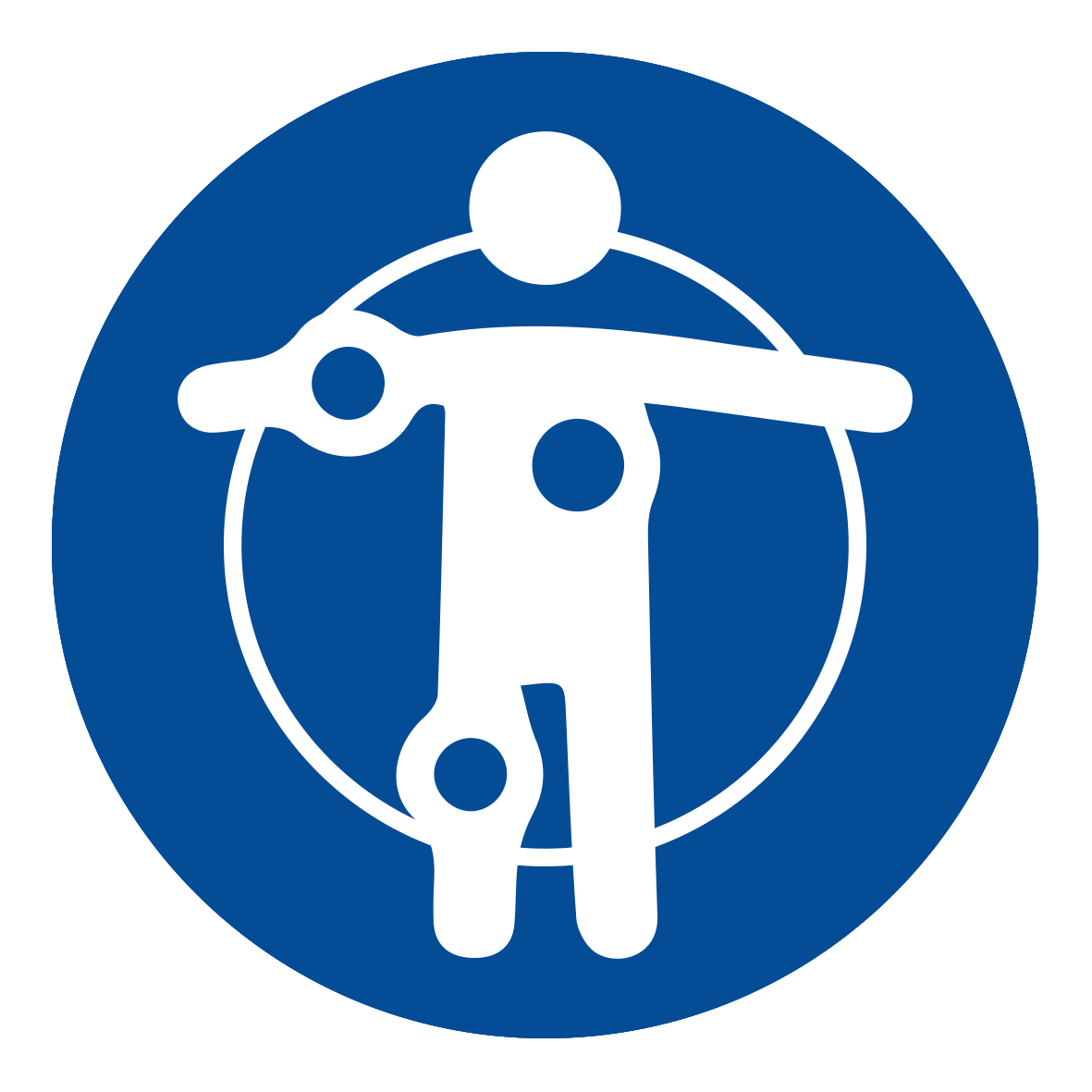19. D’amico J. 2014. Keys To Recognizing And Treating Limb Length Discrepancy. Podiatry Today; 27(5):66-75.
20. Sabharwal S. 2008. Methods for assessing Leg Length Discrepancy. Clin Orthop Relat Res; 466(12):2910-2922.
21. Steiger CN, Lenze U et al. 2018. A new technique for correction of length discrepancies in combination with complex axis deformities of the lower limb using a lengthening nail and a locking plate. J Child Orthop; 12(5):515-525.
22. Birch JB, Samchukov ML. 2004. Use of Ilizarov method to correct lower limb deformities in children and adolescents. J Am Acad Orthop Surg; 12(3):144-54.
23. Mckean J. 2020. Leg Length Discrepancy. www.orthobullets.com
 Share on facebook
Share on facebook
 Share on twitter
Share on twitter
 Share on linkedin
Share on linkedin
 Share on email
Share on email






